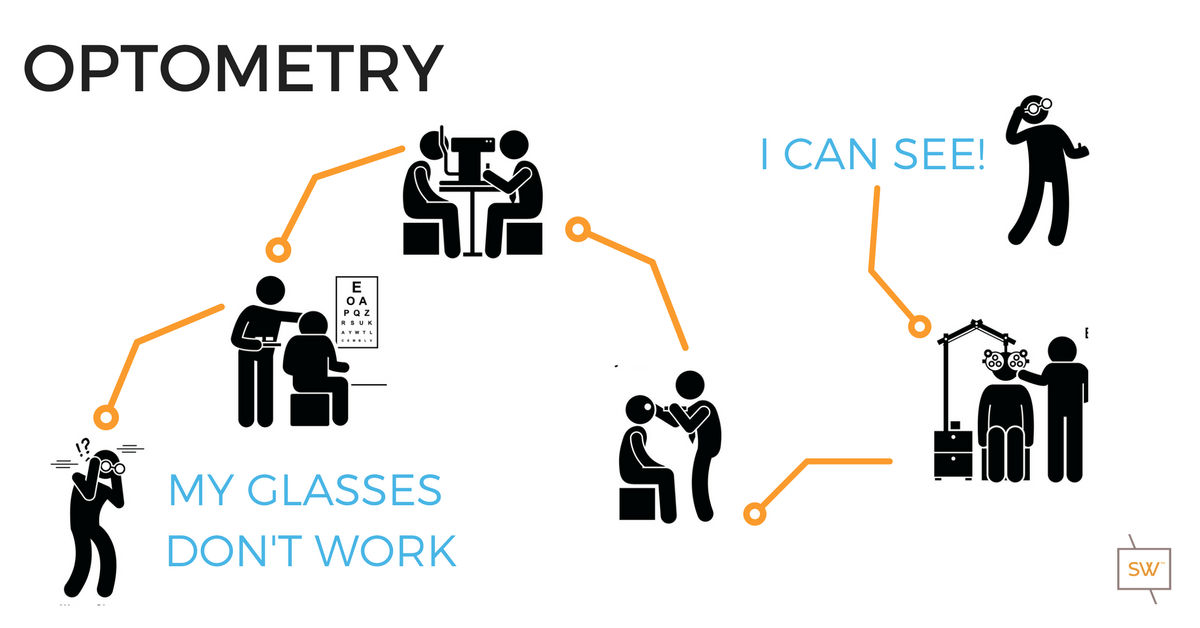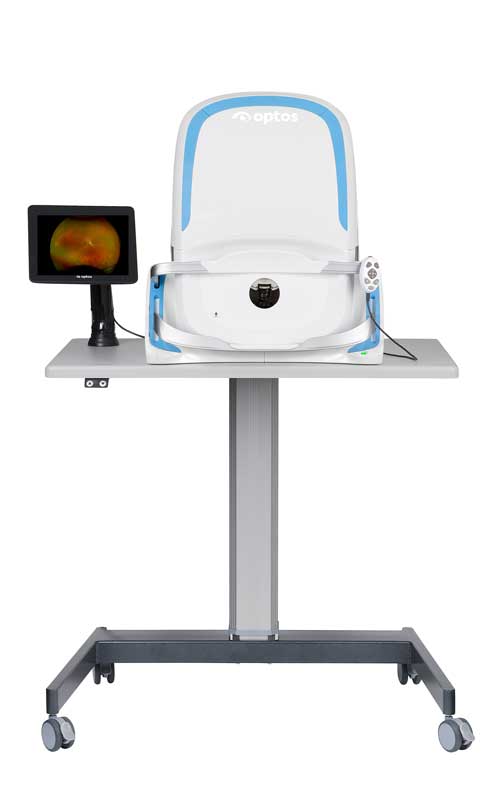In only a quarter of a second, the Optomap digital camera can non-invasively and painlessly capture an ultra-widefield digital image of the retina, revealing valuable information about both your eye and systemic health.
The images are obtained without the use of dilating eye drops in the majority of patients, allowing our clients to return to work or carry on with their daily tasks. The fact that there are no side effects makes this test an appealing first-line diagnostic instrument.
An Optomap image is captured so quickly and easily it enables our optometrists to spend more time analyzing, diagnosing, and educating rather than gathering information. As such, Stonewire captures an Optomap retinal image as one of the baseline tests in our pre-testing sequence for all of our comprehensive adult eye exams.
Optomap technology can provide a fantastic view of the inside of your eye, but these images do not replace the need for traditional eye exam techniques such as pupil dilation. Instead, these images provide our optometrists with another tool to help uncover retinal disease and assists in the diagnosis of eye conditions. It provides a 'map' of where to look. It enables our doctors to adequately determine the next course of action, which may include additional testing such as a more extensive dilated retinal exam, auto-fluorescence imaging, OCT retinal imaging or threshold visual field analysis.
Since introducing the new optomap technology to our Kingsway Mall location, we've received a significant amount of positive patient feedback. The patients that have undergone the procedure have told us that they feel better educated and more confident about their overall eye health. They feel reassured when things are ok, and understand why they need extra testing procedures or a referral to an ophthalmologist when things are not. We are now more convinced than ever that this instrument was worth the significant investment.
Optomap Technology. You See What We See.































